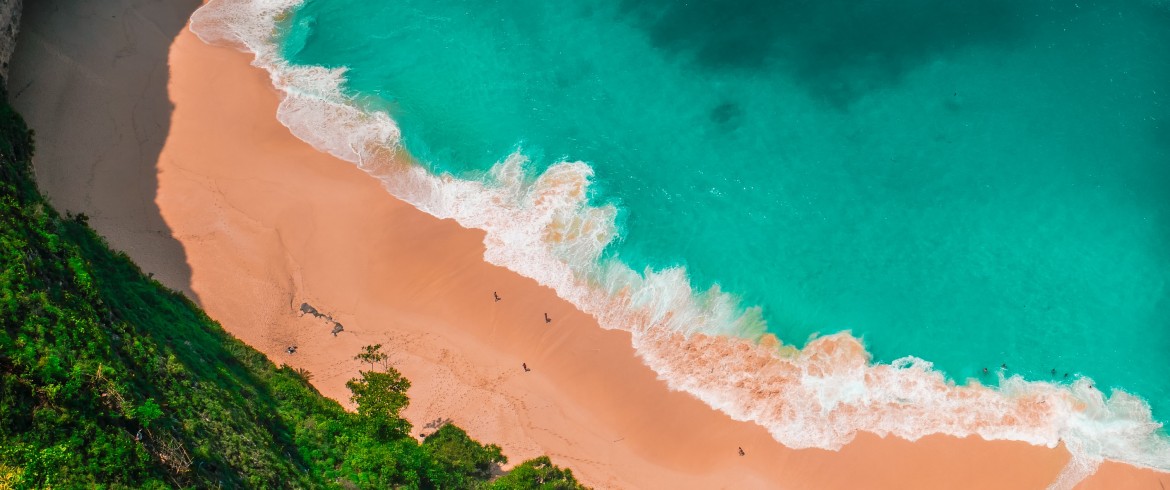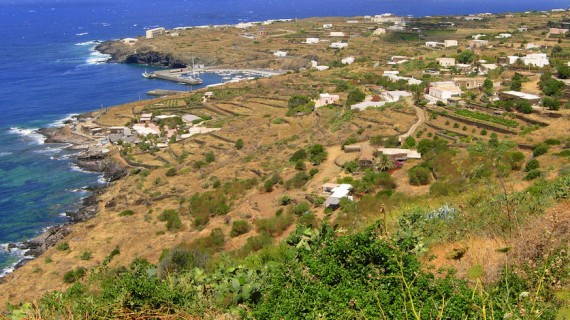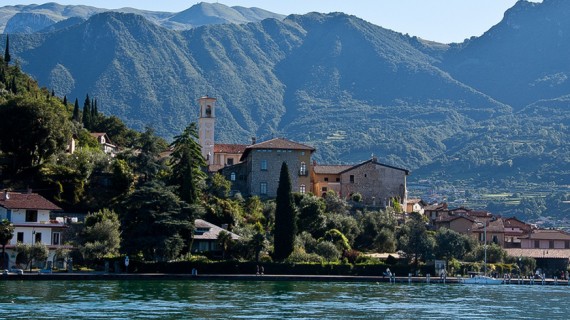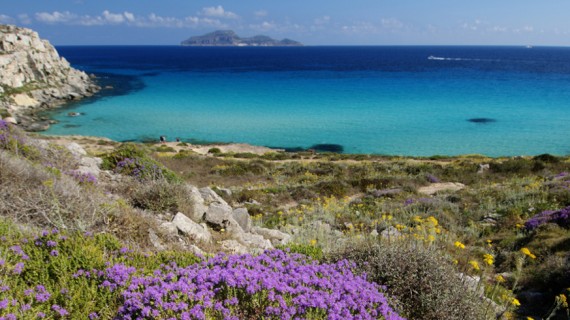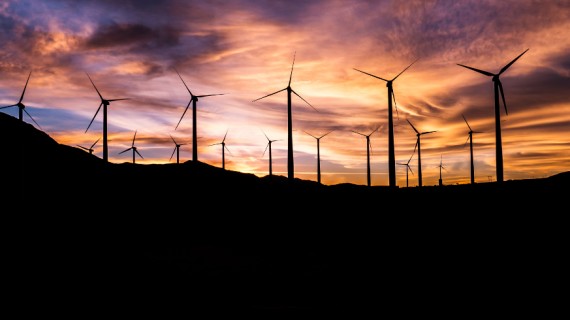‘Overtourism’: too much mass tourism threatens fragile ecosystems, such as the Pacific Islands. Philippines, Indonesia, and Thailand the most affected countries. Strategies to preserve destinations and promote responsible tourism are essential
Admiring the photos of the dream beaches of some islands of Polynesia or the Philippines is not surprising if in the last few years these have become one of the most popular destinations for tourists from all over the world. The number of people that visit the countries of the South Pacific is constantly increasing, in 2017 has been more than 2 million visitors. This tourism boom has many causes: traveling around the world is becoming more and easier, the promotional campaigns are increasing and the tourism industry in these countries is improving. Social media also played an important role, in fact, the most beautiful photos shared by the influencers were taken right in these beaches and are shown to thousands of people who want to see the same places, take the same pictures with those breath-taking views. Besides,, who haven’t ever dreamt of relaxing on one of those fine sandy beaches and take a dip in those crystal-clear waters?
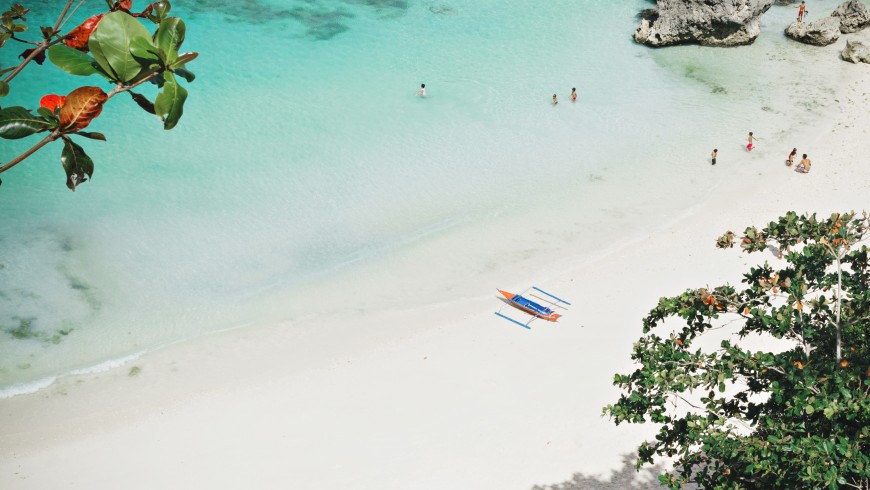
Unfortunately, those postcard landscapes and the unspoiled shores risk becoming just a memory: the phenomenon of mass tourism is giving a hard time to the fragile environments of these countries. The destruction of some parts of the territory to make room for resorts and the problems related to waste disposal are just a little part of the damage caused by tourism overcrowding.
For some years the Pacific islands have been suffering from ‘overtourism’, a phenomenon that signals the presence of too many tourists in some areas of the globe. This is what happens in the most famous tourist destinations in Thailand, Philippines, and Indonesia, where the daily presence of visitors has increased exponentially in a short time and is threatening delicate ecosystems and biodiversity hotspots.
It is estimated that 60% of the total plastic pollution in the oceans is in the Pacific Ocean. The accumulation of plastic between Hawaii and California has formed a giant “plastic island” which is three times the size of France. The presence of all this plastic in ocean partly depends on the fishing activity (most of the plastic trash that had been found are fishing nets), but also on the garbage that tourists leave on the beaches.
In addition, to contaminate a huge part of the ocean, this garbage is also eaten by the fishes that we ourselves eat.
Many islands have already had serious damages to their environments. This phenomenon affects especially Thailand, Indonesia, and the Philippines.
Maya Bay
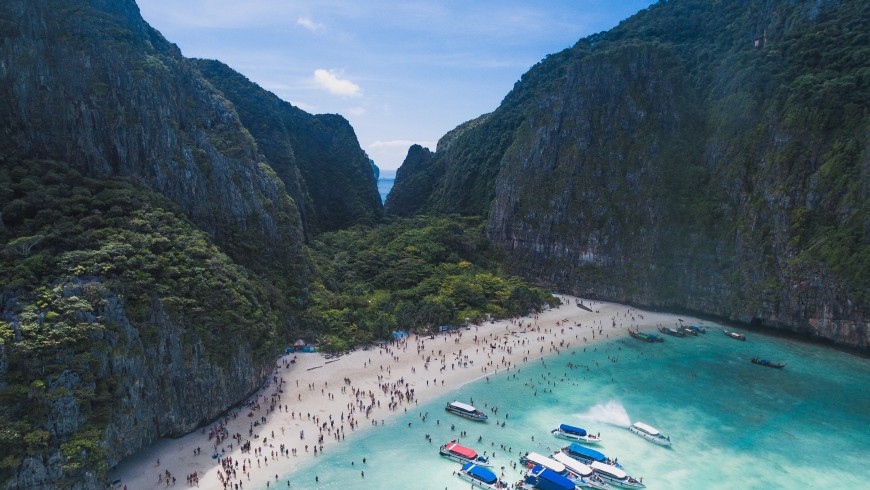
One of the most famous cases is “Maya Bay”, in the island Ko Ko Phi Phi Leh, Thailand. This beach has become very famous for being the set of the movie “The Beach” with Leonardo Di Caprio.
Over the years thousands of people have come to the isle to see the dreamy location of the movie. The phenomenon of overtourism caused coral reef erosion, the increase in waste on beaches and plastic in the oceans. As a result, marine fauna has suffered irreparable damage.
Bali
Boracay
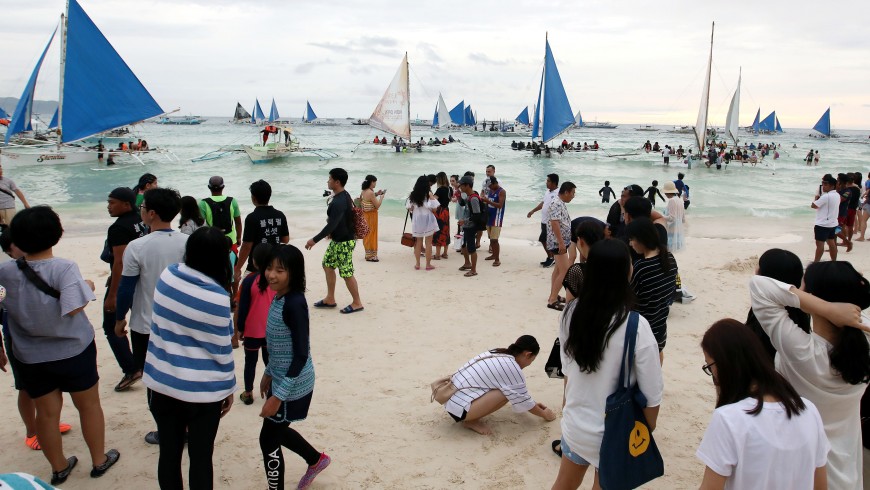
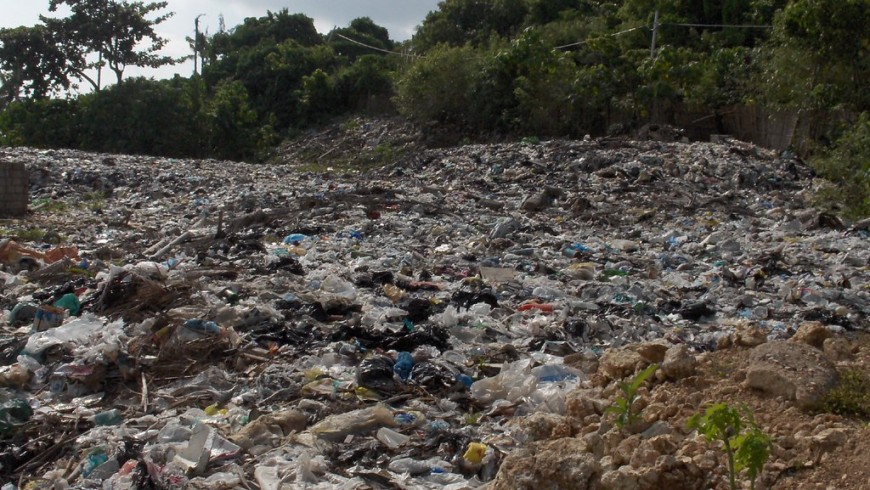
In the Central Philippines, Boracay is facing a major problem of pollution and waste control. This island has 20 000 daily tourists who cause damage to the local flora and fauna.
These examples reflect the situation of many other islands in the Pacific Ocean. The governments of the various countries are trying to take a position with restrictions and new laws. This intervention must be decisive and timely, as these heavenly places are really collapsing.
Overtourism vs Responsible Tourism: proposals to save the Pacific Islands
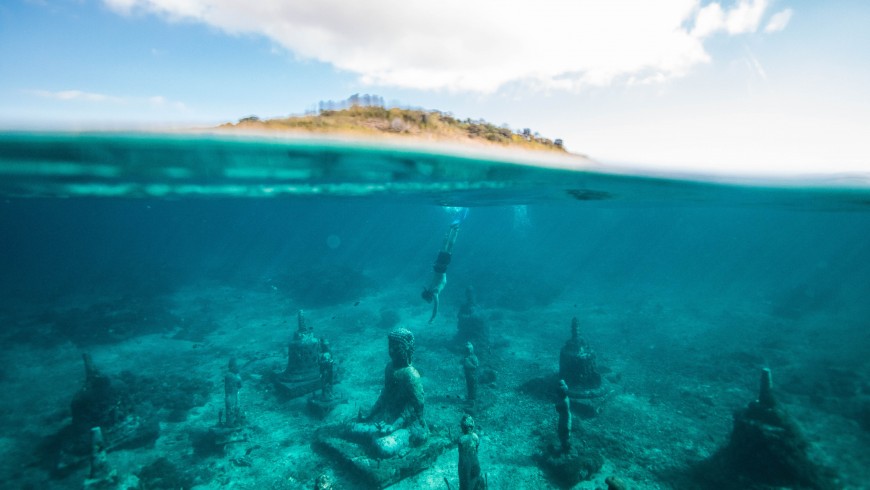
In fact, Maya Bay has been closed to tourists for an unlimited period, in order to enable the ecosystem to regenerate and return to normal.
In Indonesia, the government has imposed an entry tax of $10 for tourists in order to preserve the environmental conservation of Bali. The money from this tax will be used to repair the damage of the past years and to prevent the possible damages of the future.
Many islands, including Boracay, are trying to limit the amount of waste by introducing laws prohibiting the use of disposable plastic objects.
It is important that the governments of these countries pay attention to preserve the fragile environment of these places and that do not think only of increasing the number of visitors.
In Palau, an archipelago in Micronesia, they even make tourists sign a document. In fact, the tourists before entering in the archipelago must declare to “strolling lightly, to behave politely and to explore carefully. Don’t take what isn’t theirs, don’t hurt what doesn’t hurt them”.
If the typical tourist of these places cared to visit bringing respect to the environment that is welcoming him and to the population that lives there, there would be no need for these laws (that force to behavior that should be normal and taken for granted). Unfortunately, mass tourism is often associated with behaviors and situations as opposed to responsible tourism, which, by definition, provides a sincere interest and respect for the environment, cultures, and populations that you are visiting.
Author: Anita Bonani
Cover image: Klingking beach, Bali, Indonesia, Photo by felfin05 evin on Unsplash
